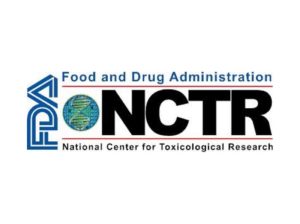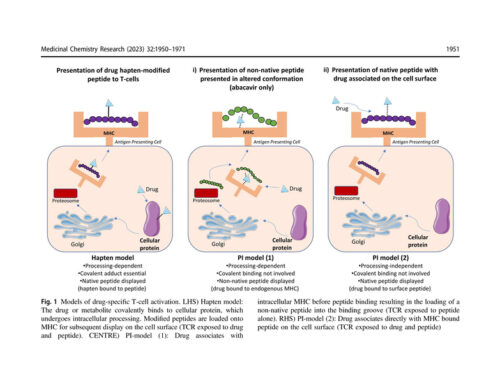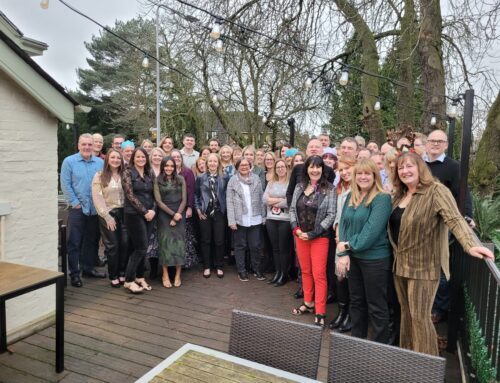SOT 58th Annual Meeting & ToxExpo – 1811: Poster Presentation by Dr Zhichao Liu of the FDA NCTR

At the Society of Toxicology 58th Annual Meeting and ToxExpo from March 10th to 14th at the Baltimore Convention Center, poster presentation by Dr Zhichao Liu of the FDA NCTR on Tuesday March 12th 1:30pm – 3:00pm Poster Board P190 Convention Center Exhibition Hall.
Repurposing Immortalized Cell Line-Based Transcriptomic Profiling Assays for Drug-Induced Liver Injury with a PRank Method.
Authors: Z. Liu1, R. Roberts2, and W. Tong1.
1US FDA/NCTR, Jefferson, AR; and 2ApconiX, Alderley Edge, United Kingdom.
Abstract
In vitro Toxicogenomics (TGx) as an alternative means to animal studies holds great promise in risk assessment. However, TGx studies often suffer from limited sample size and few available cell types. To investigate the potential of repurposing accumulative transcriptomic profiles data of immortalized cell lines in risk assessment, we carried out a comprehensive assessment of the transferability between transcriptomic profiles from three cancer lines (HL60, MCF7, and PC3). These three lines were compared in Connectivity Map (CMap) and in toxicogenomic datasets (human primary hepatocytes and rat in vivo repeated dose) from the Open Toxicogenomics Project-Genomics Assisted Toxicity Evaluation System (TG-GATEs) database using our developed Pair Ranking (PRank) method. A moderated concordance was observed in HL60 versus human primary hepatocytes (PRank score = 0.70), suggesting the two cellular assays are potentially interchangeable. The suboptimal concordances between rat in vivo repeated dose and cancer cell lines were markedly improved by 10%, when limiting the compounds causing drug-induced liver injury (DILI) endpoints and a gene list of DILI predictive toxicogenomics space (PTGS). Furthermore, some toxicity related pathways including PPAR signaling pathways, and fatty acid-related pathways were consistently perturbed across the assay systems, confirming our previous finding that assay transferability is biological process specific. Also, the extrapolation ability for differentially expressed genes (DEGs) of 304 immune-related states among assay systems were evaluated, suggesting the preservation of immune-related transcriptional features is assay dependent. In conclusion, these comparisons suggested a great potential of repurposing transcriptomic profiling assays of immortalized cell lines in DILI.
Click here to find out more about collaborative talks and presentations with ApconiX at SOT.
Click here to see more details of the SOT programme.





